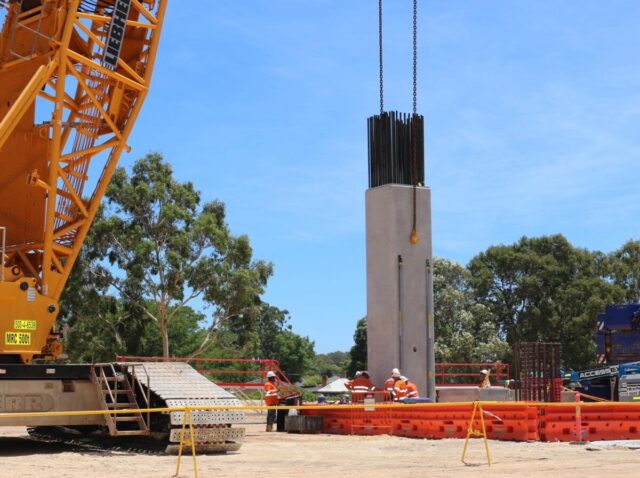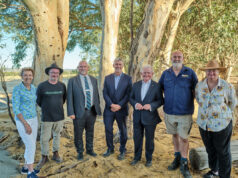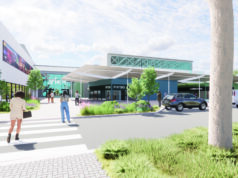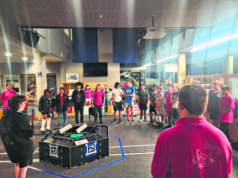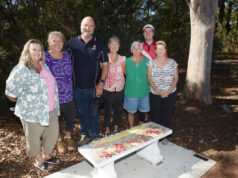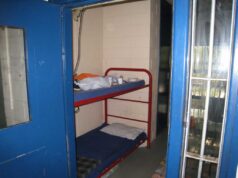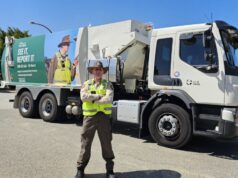The Armadale Line ‘transformation’ has met another milestone, with work beginning on the first elevated station at Carlisle.
Transport Minister Rita Saffioti has also confirmed that work on all six other stations, including the brand-new Byford and newly-elevated Armadale stations will begin “in the next few months”.
“The first delivery of rail (for the Byford Rail Extension) has been made to site – and the first columns for the elevated rail bridge have been installed,” she said.
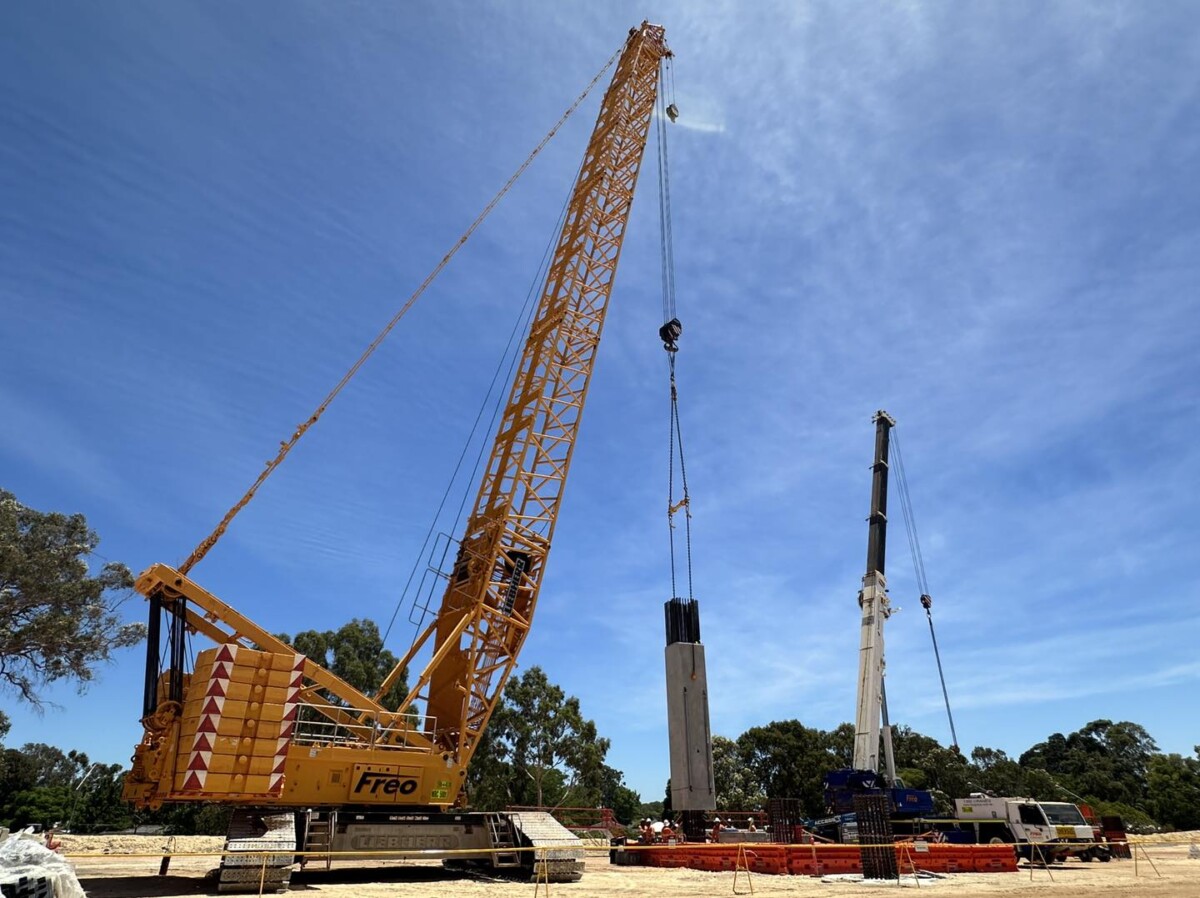
“The upgrades to the Armadale Line are moving ahead at a rapid pace, and I want to commend all of the teams involved for the incredible progress that has been made in only a few months.
“Works on the elevated structure will continue to progress in the coming weeks and months – with the focus being on the sites of our new train stations, which will allow construction of those new stations to commence.
“Within the next few months, construction will be underway on all seven new stations on the Armadale Line, marking the peak construction phase for the project.”
On Monday, Ms Saffioti gave media her strongest vote of confidence so far in the May 2025 deadline, saying she was “100 per cent confident” that people would be boarding trains on the Armadale Line at the end of the forecast 18-month shutdown.
It’s all very exciting news for a project that’s been years in the making.
But the gains are not coming without a fair amount of pain for the communities in the south east impacted by the lengthiest and most comprehensive rail disruption Perth has ever seen.
While grumbles about the train replacement buses and longer commute times have quietened, new grumbles are emerging in Armadale as the elevated rail line threatens to materialise.
Road closures on Streich Avenue, Wungong Rd, Church Avenue and Orchard Avenue are creating headaches for people trying to navigate the road diversions during rush hour.
Traffic is banked up along Townley St and Forrest Rd of a morning and afternoon, with tempers flaring, and local businesses left scratching their heads.
A serious accident was recorded on Forrest Rd on Tuesday morning, and at the intersection of Armadale Rd and Fountains Ct (Streich Avenue diversion), where an elderly man riding a mobility scooter across the road was hit by a car.
And there has been a groundswell of discontent from local residents living beside the construction zones whose properties are being blanketed by dust.
There are reports of people unable to use their backyards, unable to hang out clothes to dry, and unable to open a window to air their houses during the persistent heatwaves, which are creating dust problems.
Metronet said it is aware of the dust issue, recently publishing a list of actions they’ve taken to subdue the spread of dust.
“Wind erosion, caused by hot and windy weather conditions, is making dust mitigation extremely challenging,” a Metronet spokesperson said.
“We are working hard to minimise dust as follows:
- Low speed limits on the construction site and access roads to lower the amount of dust produced by traffic.
- Continuous operation of multiple water carts across the project during work hours. The water carts spray the ground and other surfaces with water to prevent dust becoming airborne.
- Installation of shade cloth on project boundary fences in areas where it is difficult for water carts to gain access or reach. The shade cloth helps capture dust particles before they leave the work area.
- Application of dust suppressant crusting agents to soil and mulch stockpiles and areas where the ground has been disturbed but is not currently trafficked. These agents are a waterborne polymer emulsion that are sprayed onto soil surfaces to form a “veneer” or “crust” which is resistant to wind and allows water to pass through. The project applied these agents in a several of areas along the project alignment prior to the Christmas break and will continue to use it over the summer months.
- The project has commenced using a surfactant on trafficked areas of the project. This product infiltrates the soil and reduces dust liberation from the surface. Once soaked into the soil it binds. We expect this to be an effective measure for minimising dust access roads and on areas of the project corridor where trucks and other vehicles are operating.”
We’re currently four months into the 18-month project – less than a quarter of the way – and as Ms Saffioti has said, the peak of the construction is just months away. So, things will get worse before they get better.
But, at least at this juncture, the project and its timing appear to be on the right track.


